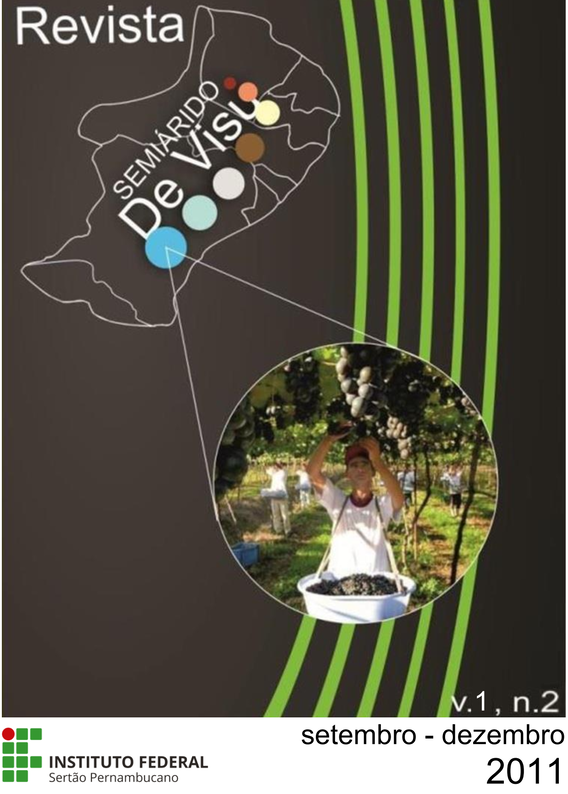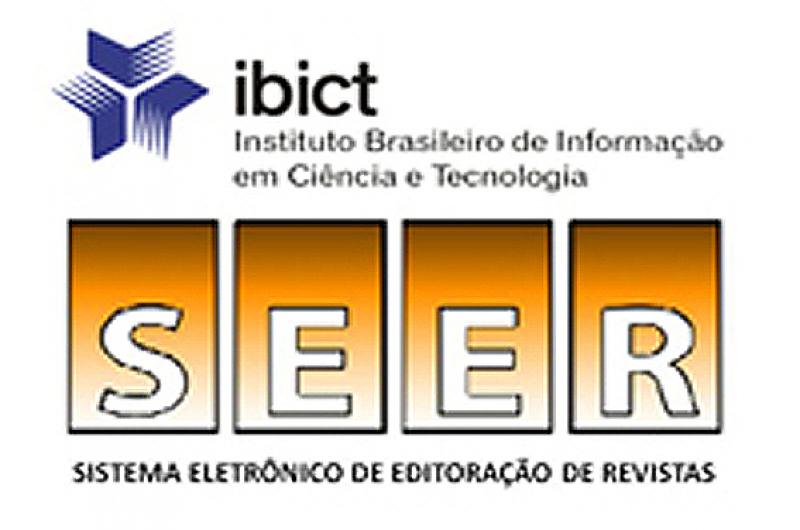Science and music in the melodies of zampoña
Visualizações: 690DOI:
https://doi.org/10.31416/rsdv.v1i2.198Keywords:
science, music, panflute, science teachingAbstract
The relations between science and music can reveal a surprising and interwoven world, considered for educational purposes, can be embodied in the interesting lessons of math and science of sound, where the cultural elements can be incorporated. The construction and physical analysis of musical instruments as well as the creation of synthesized sounds in electronic music are just some examples of the vast field of acoustics where science and mathematics are present. The use of such contexts in teaching has become the field of research in recent times. Aligned with this concern, we present two activities, with a geometric progression in teaching and other education in acoustics,
through the analysis of an interesting musical instrument of Andean origin, known as zampoña. Initially, we present the 12-tone chromatic scale, identifying it as a geometric progression. We then analyzed the notes present in the musical
instrument, identifying the pattern of intervals underlying the variation of the length of the tubes of the instrument. Finally, we propose the construction of a similar instrument given the pattern of intervals of the chromatic scale, with
interesting connections between the concepts of physical acoustics and musical acoustics.
References
ABDOUNUR, O. J. Matemática e música: o pensamento analógico na construção de significados. 1. ed. São Paulo: Escrituras, 1999, 315p.
ARCE, J. P. Sonido rajado: the sacred sound of chilean pifilca flutes. The Galpin Society Journal, v. 51, p. 17-50, 1998.
BARBOUR, J. M. Bach and "The Art of Temperament". The Musical Quarterly – Oxford University Press, Cary, NC, USA, v. 33, n. 1, p. 64-89, jan. 1947. Disponível em :<http://www.jstor.org/stable/739436>. Acesso em: 26 nov. 2009. eISSN 1741-8399.
______. Irregular Systems of Temperament. Journal of the American Musicological Society - American Musicological Society, Brunswick, ME, USA, v. 1, n. 3, p. 20-26, 1948. Disponível em: <http://www.jstor.org/stable/830012>. Acesso em: 30 nov. 2009. ISSN 0003-0139.
______. Tuning and Temperament: a historical survey. East Lansing, MI, USA: Michigan State College Press, 228 p., 1951. ISBN-10: 0306704226. ISBN-13: 978- 0306704222.
BARNES, J. Bach's Keyboard Temperament: Internal Evidence from the Well-Tempered Clavier. Early Music – Oxford University Press, Cary, NC, USA, v. 7, n. 2, p. 236-249, 1979. Disponível em: <http://www.jstor.org/stable/3126342>. Acesso em: 26 nov. 2009. eISSN 1741-7260.
BARRETT, J. R. Interdisciplinary work and musical integrity. Music Educators Journal, v. 87, n. 5, p. 27-31, mar. 2001.
BAUMANN, M. P. Music, dance, and song of the Chipayas. Latin American Music Review,
v. 2, n. 2, p. 171-222, 1981.
CARPEAUX, O. M. Uma nova história da música. Rio de Janeiro: Ediouro, 1999.
FREIRE, P. Ação cultural para a liberdade. 5a ed. Rio de Janeiro: Paz e Terra, 1981.
______. Extensão ou comunicação? Tradução de Rosisca Darcy de Oliveira. Prefácio de
Jacques Chonchol. 7a ed. Rio de Janeiro: Paz e Terra, 1983.
______. Pedagogia do oprimido. 17a Ed. Rio de Janeiro: Paz e Terra, 1987.
GRENFELL, M. T. The development of the equal temperament scale: Evolution or radical change? Dissertação. Western Connecticut State University, Danbury, Connecticut, September 2005. Disponível em: <http://thesis.grenfellmusic.net/>. Acesso em: 01 mai. 2011.
LIBÂNEO, J. C. As teorias pedagógicas modernas revisitadas pelo debate contemporâneo na Educação. In: LIBÂNEO, J. C.; SANTOS, A. (Org.). Educação na era do
conhecimento em rede e transdisciplinaridade. Campinas: Alínea, 2005. p. 19-62.
LINDSAY, R. B. The story of acoustics. The Journal of Acoustical Society of America, New York, v. 39, n. 4, p. 629-644, abr. 1966.
LINK JR, J. W. Understanding the Two Great Temperaments: Equal and Meantone. Journal of Research in Music Education - The National Association for Music Education,
Reston, VA, v. 13, n. 3, p. 136-146, 1965. Disponível em :<http://www.jstor.org/stable/3343668?origin=JSTOR-pdf>. Acesso em: 26 nov. 2009. eISSN 1945-0095.
MONTEIRO JÚNIOR, F. N.; MEDEIROS, A. J. G. A matematização da corda vibrante no
século XVIII. In: ENCONTRO PERNAMBUCANO DE EDUCAÇÃO MATEMÁTICA, 4, 1999, Recife/PE. Atas... Recife: SBEM, 1999a.
______; MEDEIROS, A. J. G. O século XIX e as séries de Fourier. In: ENCONTRO PERNAMBUCANO DE EDUCAÇÃO MATEMÁTICA, 4, 1999, Recife/PE. Atas... Recife: SBEM, 1999b.
______ et al. Matemática e música: as progressões geométricas e o padrão de intervalos da escala cromática. Bolema, Rio Claro, ano 16, n. 20, p. 101-126. 2003.
MONTEIRO JÚNIOR, F. N. Somando funções trigonométricas: uma reconstrução didática do conceito de timbre a partir de duas experiências pedagógicas. Bolema – Boletim de Educação Matemática, Rio Claro/SP, n. 37, v. 23, 2010. ISSN 1980-4415.
RAICHEL, D. R. The science and applications of acoustics. 2 ed. New York: Springer, 2006. ISBN-10: 0-387-26062-5.
ROEDERER. J. G. Introdução à física e psicofísica da música. 1. ed. São Paulo: EDUSP, 1998, 312 p.
ROGERS, G. L. Interdisciplinary lessons in musical acoustics: the science-math-music
connection. Music Educators Journal, v. 91, n. 1, p. 25-30, sep., 2004.
ROSSING, T. D. The science of sound. 2 ed. Massachusetts: Addison-Wesley, 1990.
ROSENBLOOM, A. F. High school music studies and social studies: an interdisciplinary approach. Music Educators Journal, v. 90, n. 3, p. 41-45, jan. 2004.
ROSTWOROWSKI, M. Historia del tahuantinsuyo. Instituto de Estudios Peruanos. IEP Ediciones. Lima, 1995.
SCHAFER, R. M. A afinação do mundo - uma exploração pioneira pela história passada e pelo atual estado do mais negligenciado aspecto do nosso ambiente: a paisagem sonora. Tradução: Maria Trench Fonterrada. São Paulo: Editora da UNESP, 2001. ISBN 85-7139-353-2.
VELENCIA CH AMÉRICO. El siku bipolar altiplanico. Vol. I. Los sikuris y pusamorenos. Con una colección de 35 recopilaciones de música dialogal. Lima: Taller de Música Hatarisun, 1983.
VELENCIA CH AMÉRICO. Los sikuris de la isla de Taquille. Separata del Boletín de Lima. Lima 1981.















